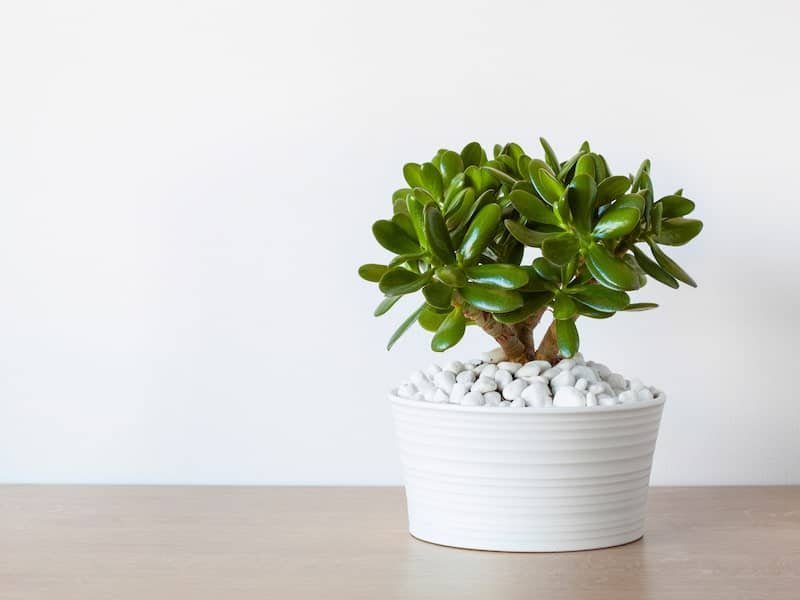
The Ripple Jade succulent is part of the stonecrop family. It is a popular house plant, and many succulent growers have reported how easy it is to grow. Crassula arborescens undulatifolia is the ripple jade’s scientific name, but we will refer to it as the Ripple Jade plant for the purpose of this post.
We want to share with you some information about the Ripple Jade succulent and teach you how to care for it and how to grow it to its full potential. Read through this article and follow the care instructions carefully so that you have a happy, healthy succulent. Happy growing!
Jump to:
Description
| Name: | Crassula Arborescens Undulatifolia |
| Soil: | Well-drained soil |
| Blooming: | Spring |
| Light: | Full sun to partial shade |
| Water: | When the soil is completely dry |
| Propagation: | Leaves, seeds and offsets |
This plant resembles a jade plant. It has thin, wavy, small leaves that look like water ripples, and they are blue-green in color. You can expect your plant to grow up to four feet tall if it is planted in the ground.
You may notice delicate white blossoms growing in the spring. These flowers will only bloom if your plant is growing in ideal growing conditions.
Cultivars and Hybrids
The ripple jade succulent is a hybrid of the Crassula arborescens. The Crassula arborescens is native to the Western Cape, South Africa. Money plant, Chinese jade, money tree, and silver jade plant are some of the names given to the Crassula arborescens over time.
Care
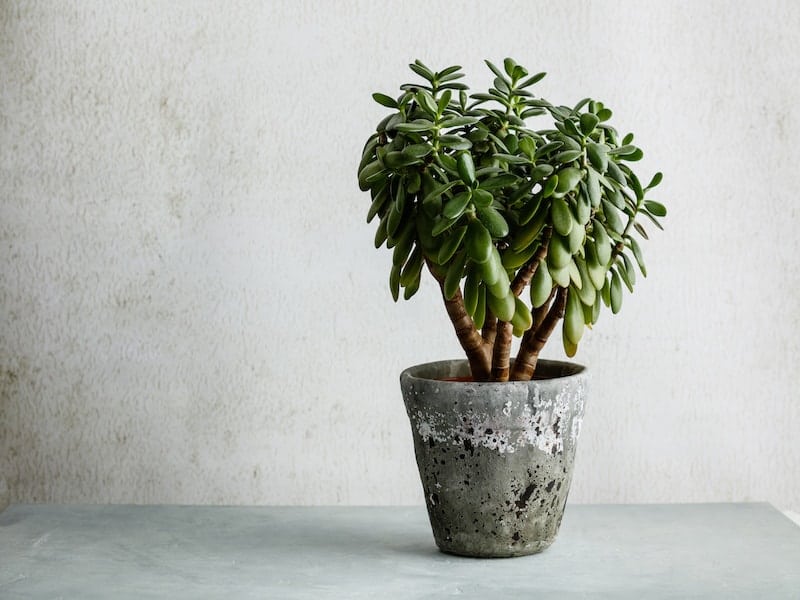
Buy it from:
Like most succulent plants, the Ripple Jade is very easy to care for. It doesn’t require much fuss, but it is particular about its growing conditions, so there are a few things to remember when caring for this succulent.
No products found.
Read through the following care requirements and adapt your plant’s environment accordingly. Although this plant is very easy to look after, if you get its care wrong, the plant will die very quickly, so take notes if you need to!
Light
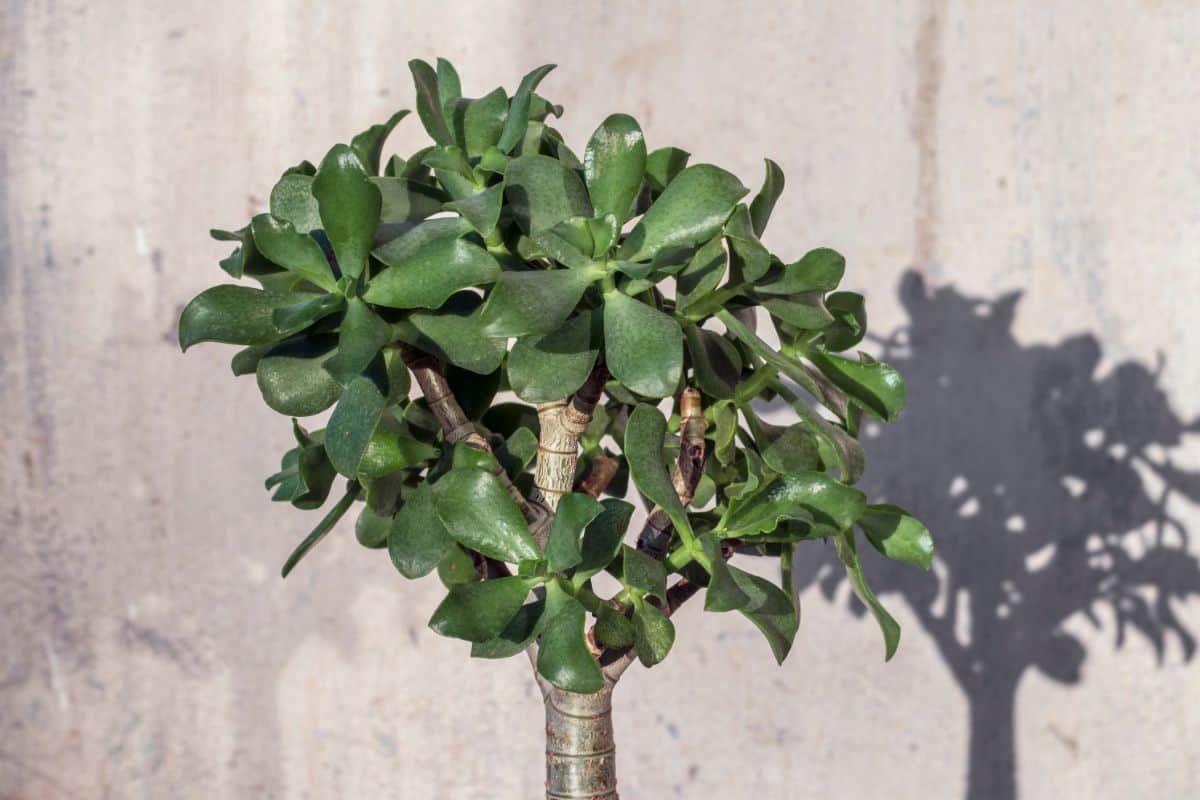
Most succulents can grow in partial sun, but the Ripple Jade requires full sunlight to thrive. This can be a challenge if you are growing your succulent inside, as it will need to be placed on a window or in a conservatory that gets more than six hours of sunlight every day.
Water
Follow the typical water requirements for succulents when you water a Ripple Jade plant. Water the base of the plant close to the soil, and only re-water when the soil is completely dry to touch.
Check your succulent regularly by touching the soil and checking for moisture. If the soil is wet or damp, do not water the plant and check the following day again.
Temperature
Although the Ripple Jade can withstand temperatures as low as 20 degrees Fahrenheit, it is not cold hardy. If you live in an area that is prone to frost, you should bring your succulent inside before the frost starts.
Ripple Jades love the hot weather, but surprisingly, they can get sunburnt if they are exposed to scorching hot conditions. Sunburnt succulents can not repair their scars, so any damaged leaves must be trimmed.
Soil
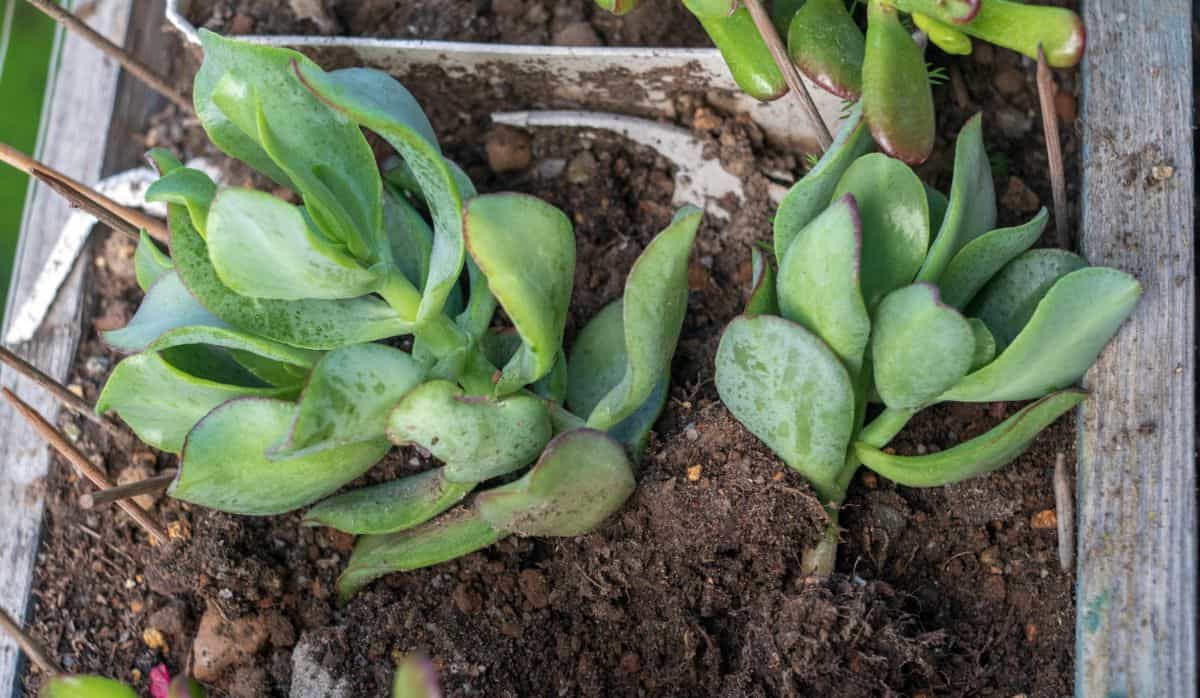
Plant the Ripple Jade in sandy, well-drained soil. Avoid using fertilizers or using store-bought potting soil as this could suffocate your succulent.
Always replant your succulent in the soil of your choice, even if you bought your plant from a reputable garden center. This is because succulents are not always sold in the best soil for their species, so better safe than sorry!
Propagation
You can propagate a Ripple Jade succulents from leaves, seeds, and offsets. These plants have a great propagation success rate if you follow the right guide and techniques.
Seeds
Propagating a Ripple Jade plant from seeds is very difficult. This might be because it is a slow-growing succulent, but it could also be due to a low seed germination rate. If you want to grow Ripple Jades from seedlings, make sure you purchase seeds from a reputable distributor rather than using seeds from your plant.
Cuttings
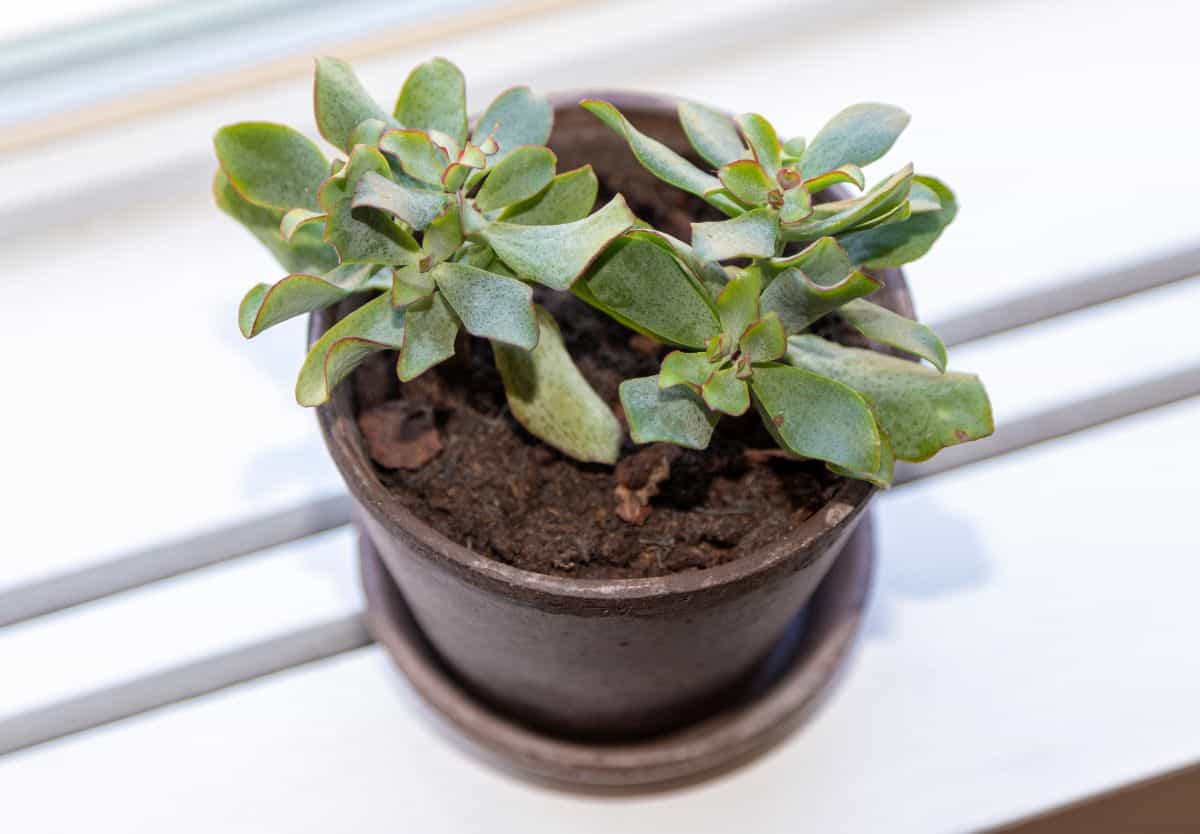
Propagating your plant from leaf cuttings is super easy. You can gently twist the leaf from the main plant or cut the leaf off with a sterile pair of scissors. Make sure that all of the leaves you remove come off the stem nicely if you want to use it to propagate your plant.
Place the leaf in a cool and dry place for a few days to callous over before planting it in well-drained soil. You will need to water the soil whenever it is completely dry until your plant is established.
Offsets
Removing offsets keeps the main plant looking aesthetic and ‘tidy, but it is also a great way to propagate your plant. Here is a step by step guide to propagating your ripple jade plant from offsets:
- Look for a healthy offset growing off the main plant.
- Using a sterile knife, remove the offset from the plant.
- Leave the offset to dry out for up to a week before planting it in well-drained soil.
Common Pests and Problems
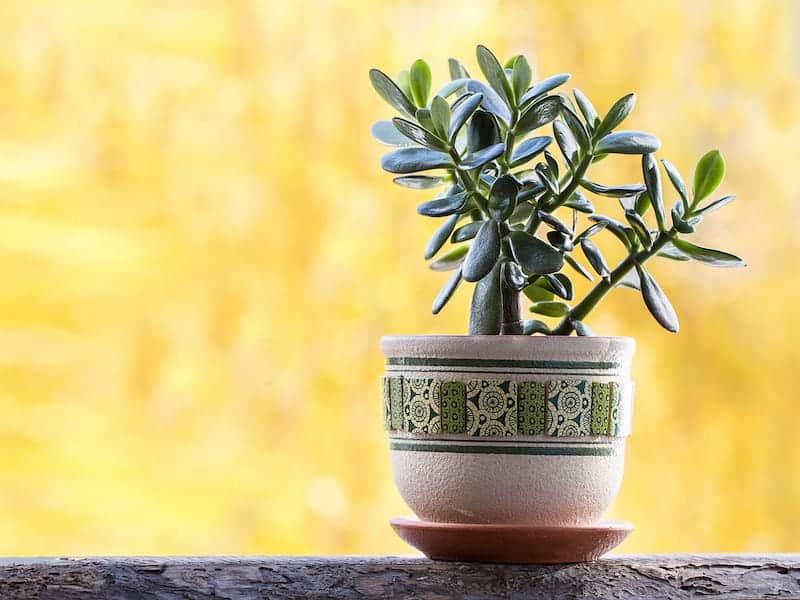
Mealybugs and spider mites are very common ripple jade pests. You should inspect your plant regularly for infestation signs and remove pests as and when you see them.
Ripple jades growing indoors are less prone to developing infections or housing pests; however, it is not uncommon for a ripple jade plant growing indoors to need treatment and debugging.
Watch out for root rot and powdery mildew. These conditions occur when your succulent is regularly overwatered.
Root rot generally goes unnoticed until it is too late, so it is vital for your plant’s health that you do not overwater your succulent. If you notice that your soil is damp and wet for longer than it should be between watering, you should re-pot your plant in a pot with good drainage or more appropriate potting soil.


